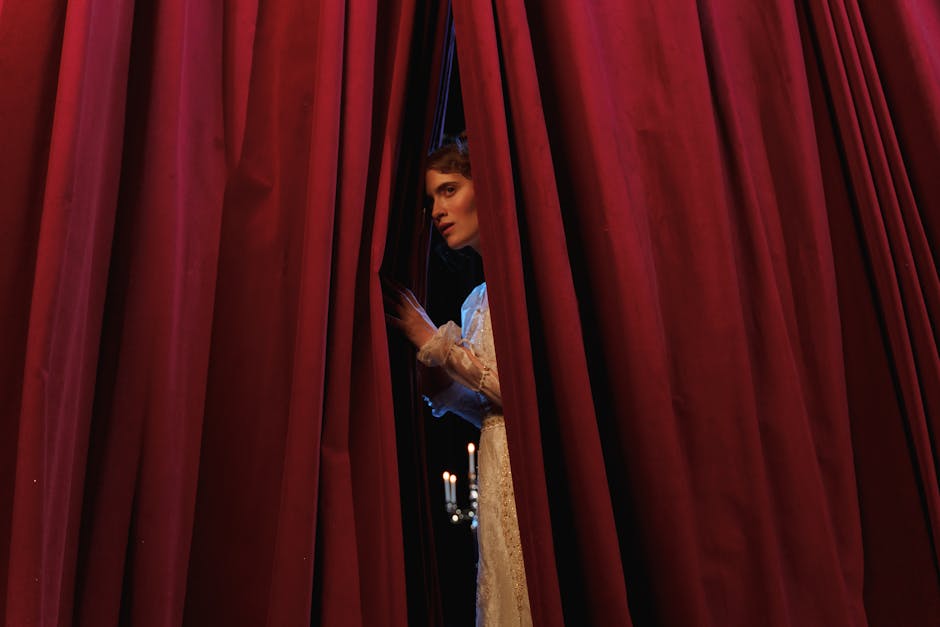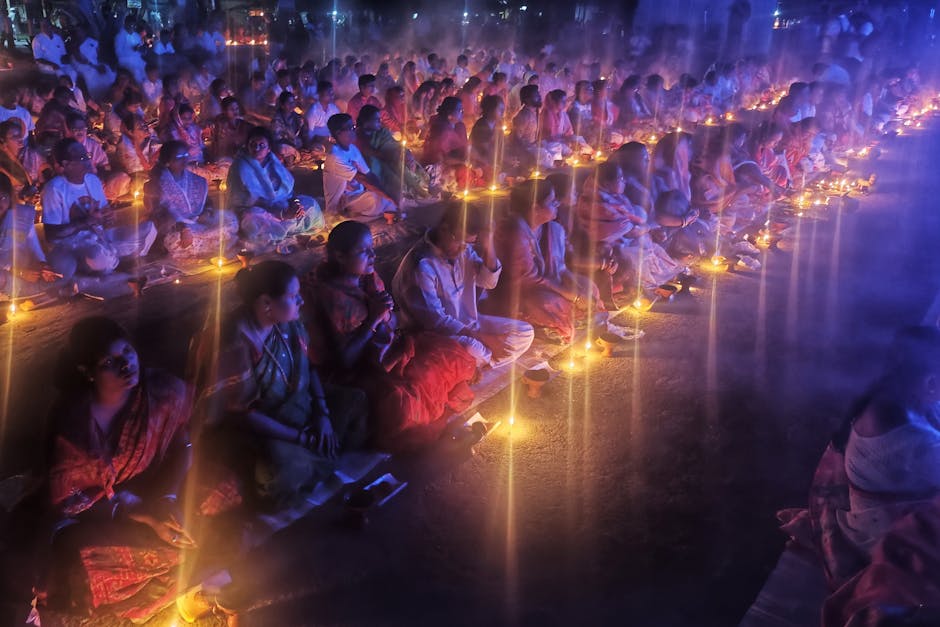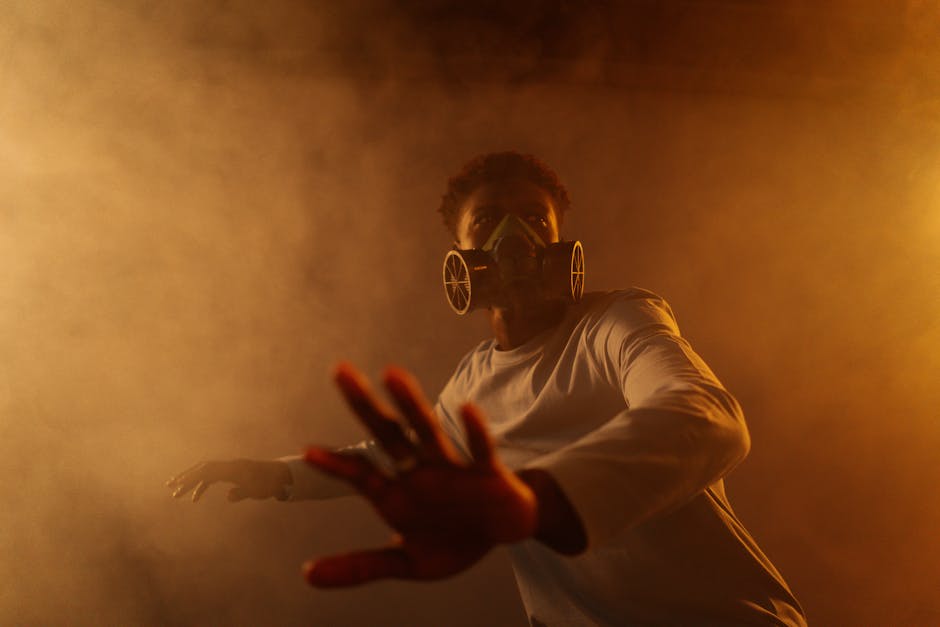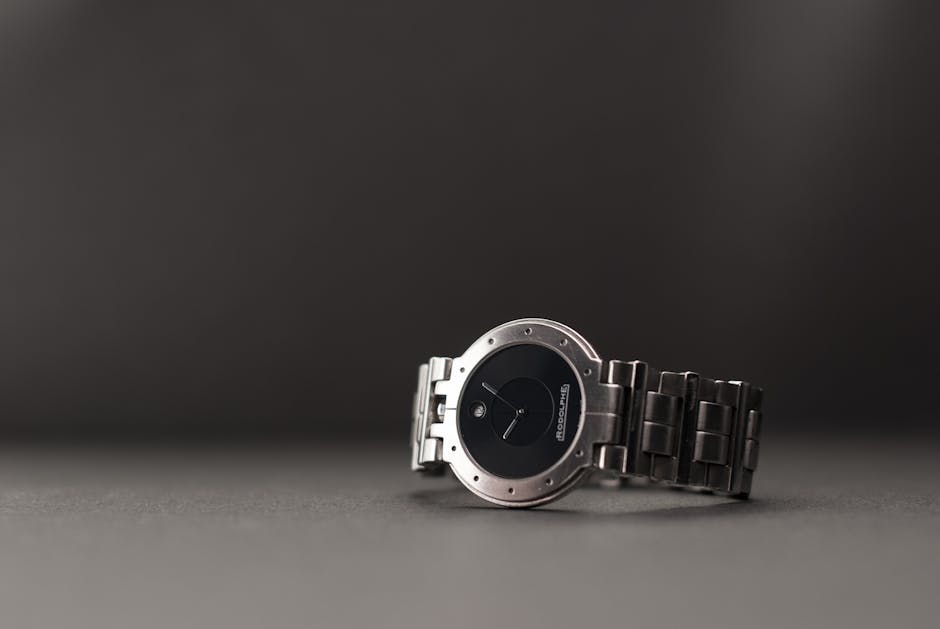Ever found yourself in a dark cinema, heart pounding, hands over your eyes, yet peeking through your fingers as the ghost appears on screen? Or maybe you’ve paid good money to be strapped into a contraption that hurls you toward the earth at terrifying speeds. It’s a paradox, isn’t it? We spend most of our lives avoiding danger, yet we actively seek out experiences that mimic pure terror.
From binging the latest horror series to queuing for the scariest theme park ride, our love for a good scare is undeniable. The reason we enjoy being scared seems bizarre, but there’s some fascinating science happening inside our brains that explains this thrill-seeking behaviour. So, let’s explore the weird science behind why we love getting scared.
Your Brain on Fear: A Chemical Cocktail of Thrills
At the heart of the experience is our body’s primal “fight-or-flight” response. When you see a jump scare or round a corner in a haunted house, your brain doesn’t immediately distinguish between a real and a fake threat. The amygdala, your brain’s alarm system, goes into overdrive.
This triggers a flood of chemicals. The most famous is adrenaline, which sharpens your senses, quickens your pulse, and floods your muscles with energy. It’s the body preparing for a life-or-death situation. But here’s the key to the enjoyment: your brain also releases endorphins and dopamine. Endorphins act as natural painkillers, creating a sense of euphoria, while dopamine is the “feel-good” neurotransmitter associated with pleasure and reward.
The result is a powerful, natural high. This chemical cocktail is the core of the weird science behind why we love getting scared—it’s a mix of fear, excitement, and pleasure, all in a few heart-stopping seconds.
The Key to Enjoyable Fear: A Psychological Safety Net
The crucial difference between enjoying a scare and being genuinely traumatized is one simple thing: context. While your primal brain is screaming “DANGER!”, your rational, conscious mind—the frontal lobe—is right there to remind you, “Relax, it’s just a movie. That ghost can’t actually get you.”
This knowledge creates a psychological “safety net.” It allows you to experience the exhilarating chemical rush of the fight-or-flight response without any actual risk. You are essentially in a fear simulator. In this controlled environment, you can let go and experience intense emotions, knowing that you are ultimately safe. When the scary scene ends or the roller coaster pulls into the station, the threat vanishes, and the relief amplifies the positive feelings.
The Aftermath: Euphoria, Confidence, and Social Bonding
The enjoyment doesn’t stop when the scare is over. In fact, some of the best feelings come afterwards. Once your brain registers that the threat is gone, the lingering dopamine and endorphins leave you with a wonderful sense of relief and accomplishment. You survived! This feeling of conquering a fear, even a manufactured one, provides a significant confidence boost.
Furthermore, getting scared is often a deeply social activity. Think about watching a horror film with friends. You scream together, laugh at each other for jumping, and clutch one another for support. This shared scary experience is a powerful bonding agent. Psychologists call this “excitation transfer”—the intense feelings aroused by the scare are transferred onto the people you are with, strengthening your connection and turning a frightening experience into a cherished memory.
So, the next time you find yourself gleefully heading into a spooky situation, know that your brain is just cleverly hijacking its own survival instincts for an unforgettable—and perfectly safe—thrill.




